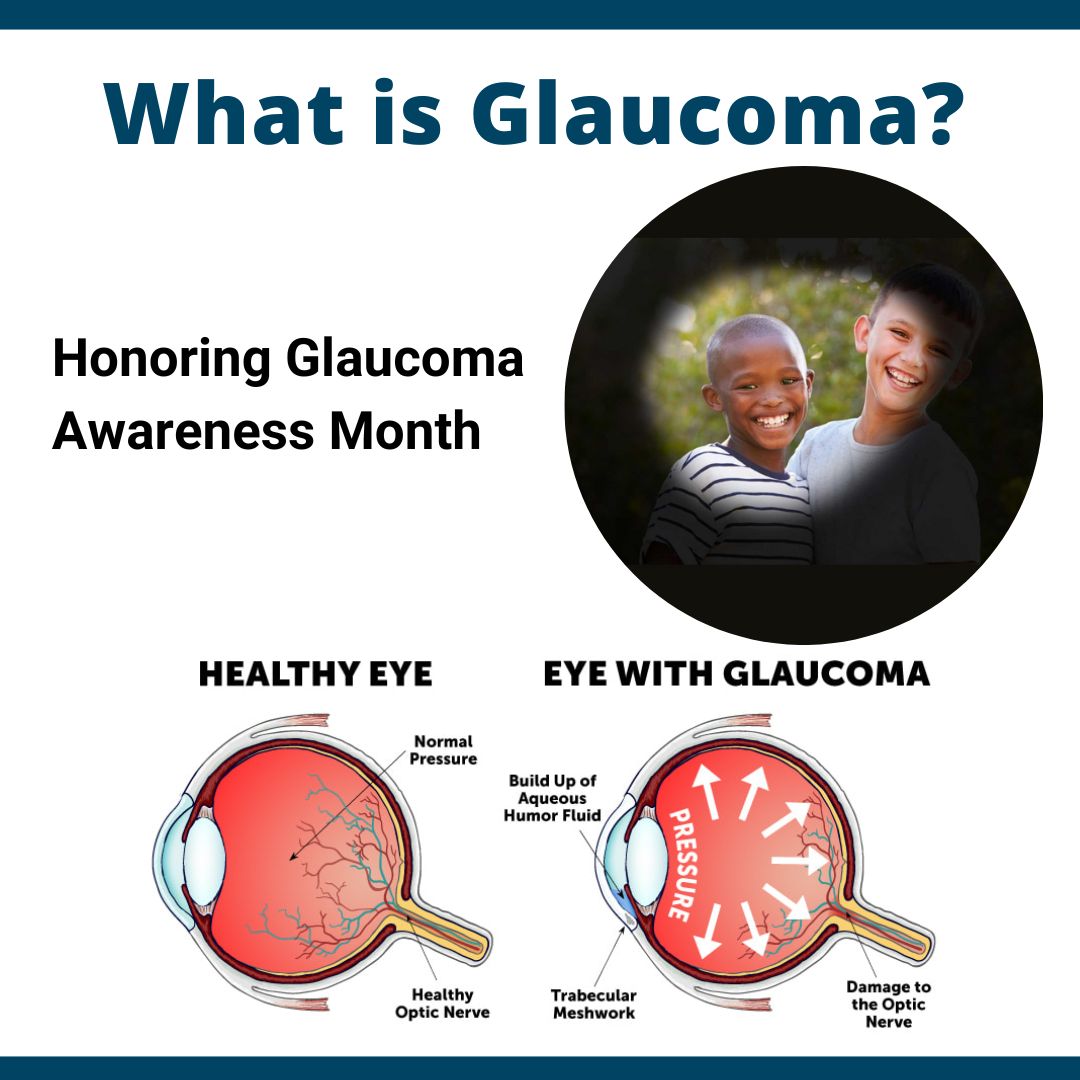.jpg?lang=en-US)
Exploring the Complexity of Glaucoma: Causes and Risk Factors
Glaucoma is a multifaceted eye condition that affects millions of people worldwide. While the exact cause of glaucoma remains elusive, several factors contribute to its development. These include elevated intraocular pressure, age, genetics, and certain medical conditions such as diabetes and hypertension. Understanding the underlying causes and risk factors of glaucoma is crucial for early detection and effective management of the condition.
Recognizing the Silent Threat: Symptoms of Glaucoma
One of the challenges of glaucoma is its silent and insidious nature. In its early stages, glaucoma often presents no noticeable symptoms, making it difficult to detect until significant vision loss has occurred. However, as the condition progresses, individuals may experience symptoms such as blurred vision, halos around lights, eye pain, and gradual peripheral vision loss. Recognizing these symptoms and seeking prompt medical attention is essential for preventing irreversible vision damage.
Diagnosis and Screening: The Importance of Regular Eye Exams
Regular eye exams play a crucial role in the early detection and diagnosis of glaucoma. During a comprehensive eye exam, an eye care professional will evaluate various aspects of eye health, including intraocular pressure, optic nerve function, and visual field tests. These tests help identify signs of glaucoma and enable healthcare providers to initiate appropriate treatment and management strategies to preserve vision and prevent further damage.
Treatment Options: Managing Glaucoma to Preserve Vision
While there is currently no cure for glaucoma, several treatment options are available to manage the condition and slow its progression. These may include prescription eye drops to reduce intraocular pressure, oral medications, laser therapy, and surgical procedures such as trabeculectomy or drainage implantation. The choice of treatment depends on the severity of the glaucoma, the patient’s overall health, and their individual treatment goals.
Lifestyle Modifications: Supporting Eye Health and Well-being
In addition to medical interventions, lifestyle modifications can play a significant role in managing glaucoma and supporting overall eye health. This may include maintaining a healthy diet rich in antioxidants and nutrients, regular exercise, quitting smoking, and practicing stress-reducing techniques. By adopting a healthy lifestyle and minimizing risk factors, individuals can help protect their eyes and reduce the progression of glaucoma.
Understanding the Impact of Glaucoma: Addressing Psychological and Emotional Well-being
Living with glaucoma can have a profound impact on an individual’s psychological and emotional well-being. The fear of vision loss, concerns about independence and quality of life, and the challenges of managing a chronic eye condition can lead to anxiety, depression, and feelings of isolation. It’s essential for individuals with glaucoma to seek support from healthcare professionals, family members, and support groups to address these emotional challenges and maintain a positive outlook on life.
Empowering Individuals Through Education and Awareness
Education and awareness are key components of glaucoma management and prevention. By increasing public awareness about the risk factors, symptoms, and treatment options for glaucoma, individuals can take proactive steps to protect their vision and seek timely medical intervention when needed. Community outreach programs, educational campaigns, and regular screenings play a vital role in empowering individuals to prioritize their eye health and prevent vision loss due to glaucoma.
Partnering with Healthcare Professionals for Optimal Eye Care
In conclusion, glaucoma is a complex and potentially sight-threatening eye condition that requires proactive management and regular monitoring. By understanding the causes, symptoms, and treatment options for glaucoma, individuals can take control of their eye health and work collaboratively with healthcare professionals to preserve vision and maintain quality of life. Through early detection, timely intervention, and ongoing support, we can effectively combat the silent threat of glaucoma and ensure that everyone enjoys a lifetime of healthy vision.

